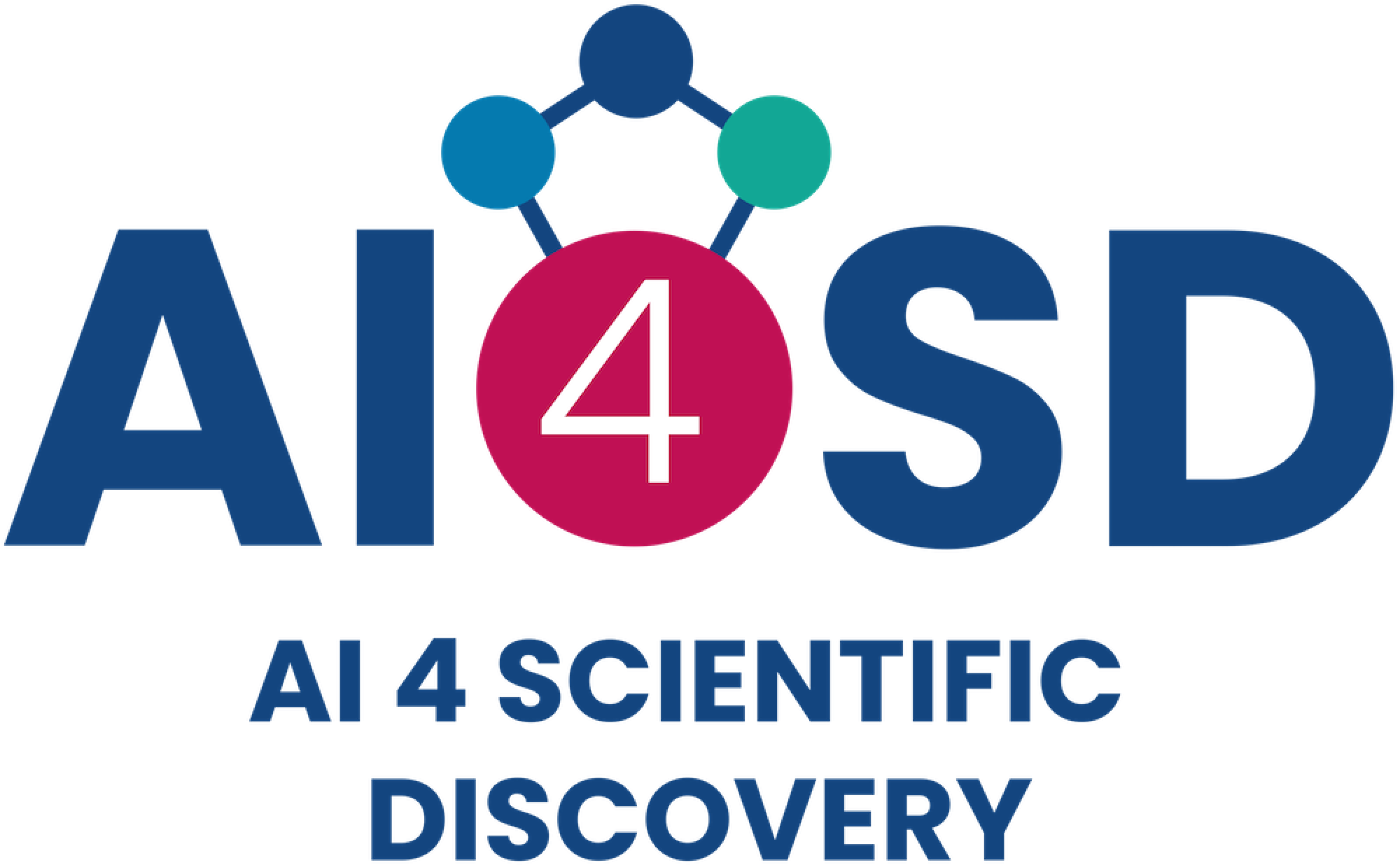We are living through a data revolution, which will be as transformative of our society as the industrial revolution. Algorithms, and in particular, learning algorithms, are the engines of this revolution. ‘Intelligent’ algorithmic systems impact many areas of our personal and professional lives, making decisions based on prior ‘learned’ knowledge. The use of learning algorithms has the potential to revolutionise the way science develops. Central to the scientific method is the Popperian premise of hypothesis falsifiability, which underpins much of the theoretical background of chemistry, physics and biology. Algorithmic systems offer an alternative phenomenological approach to discovery and prediction; one that is driven by statistical correlations of data. This burgeoning capacity raises fundamental philosophical questions about the nature of innovation, discovery and prediction and challenge the very concept of what ‘theory’ means.
Automation has for a long time played a significant role in data collection. With our ability now to generate or access huge datasets, machine learning techniques are playing an ever more significant role in data analysis. Finally, with the emergence of sophisticated deep learning systems designed to simulate aspects of human neurological function, we may be on the verge augmenting or automating some aspects of the creative skills which drive scientific progress. Deep Learning architectures in particular are designed specifically to mimic an animate capacity to identify patterns quickly across noisy, incomplete and disparate datasets. We no longer rely on machines to carry out computations which while understood would be too taxing or time-consuming for us to undertake. Deep Learning architectures are employed precisely where we do not know how a particular result could be computed; how the high-level properties we are interested in relate to our basic data. We are now beginning to use computers to discover hidden patterns within large datasets, to generate plausible hypotheses for us to test, and to survey relevant literatures. So, computing techniques – particularly machine learning algorithms – are no longer there solely to increase the number of tasks a scientist can complete. They now stand ready to alter the role of the scientist.
